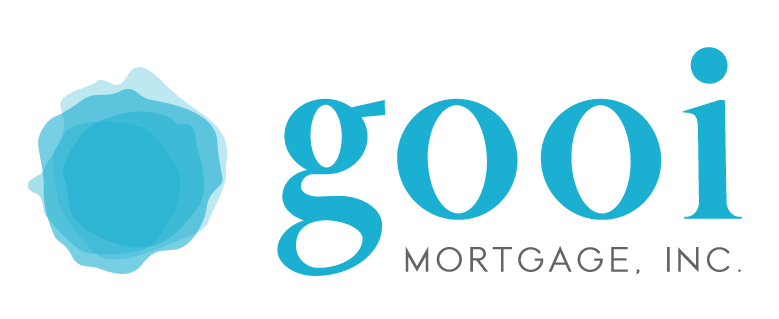Hybrid Appraisals: The Future of Property Valuation
The real estate and mortgage industry is experiencing a transformation with the expansion of hybrid appraisals by Fannie Mae (FNMA) and Freddie Mac (FHLMC). This new approach offers a more data-driven and efficient method for property valuation, particularly for loans that do not qualify for an appraisal waiver. With an expanded acceptance of hybrid appraisals across a broader range of properties, this modernization aims to streamline the appraisal process and address challenges.
What is a Hybrid Appraisal?
A hybrid appraisal blends traditional valuation methods with modern technology and data-driven techniques. Instead of the appraiser conducting an in-person property inspection, trained third-party professionals collect property data. This allows appraisers to focus on analysis and valuation rather than fieldwork, making the process significantly faster and more efficient.
Key Features of the Hybrid Appraisal Program
Data Collection
- Third-party professionals, who are trained and vetted, gather a comprehensive set of property data.
- The collected data adheres to the Uniform Property Dataset standards, ensuring consistency and reliability.
Appraiser Role
- Appraisers analyze the collected data along with market insights to determine the property’s value.
- They complete the appraisal remotely, reducing travel time and increasing efficiency.
Standardized Forms
- Hybrid appraisals utilize specific forms such as Fannie Mae 1004 Hybrid or Freddie Mac 70H, ensuring industry compliance and uniformity in reporting.
Expanded Eligibility
- Hybrid appraisals are now accepted for a wider range of properties, including:
- 1-unit properties (including those in Planned Unit Developments or with an accessory dwelling unit.
- Condominium units, both attached and detached.
Loan Eligibility
- Loans that do not qualify for value acceptance (appraisal waiver) are eligible for hybrid appraisals.
- Properties without reliable prior observations also qualify, ensuring accurate and up-to-date property assessments.
Benefits of the Hybrid Appraisal Program
1. Increased Efficiency
By outsourcing property data collection to third-party professionals, appraisers can process more reports in less time, reducing delays in loan origination.
2. Enhanced Consistency
A standardized data collection process ensures uniformity in property valuation, improving reliability and reducing discrepancies in appraisals.
3. Cost-Effectiveness
Leveraging third-party data collectors may lead to lower costs compared to traditional appraisals, benefiting both lenders and borrowers.
4. Improved Data Accuracy
The integration of modern technology and structured data collection enhances the accuracy of property valuations, reducing errors and potential disputes.
The Future of Appraisals
By balancing traditional expertise with innovative data solutions, hybrid appraisals pave the way for faster, more accurate and cost-effective property valuations. Talk to us about how we can make ordering a hybrid appraisal as simple as one click!
